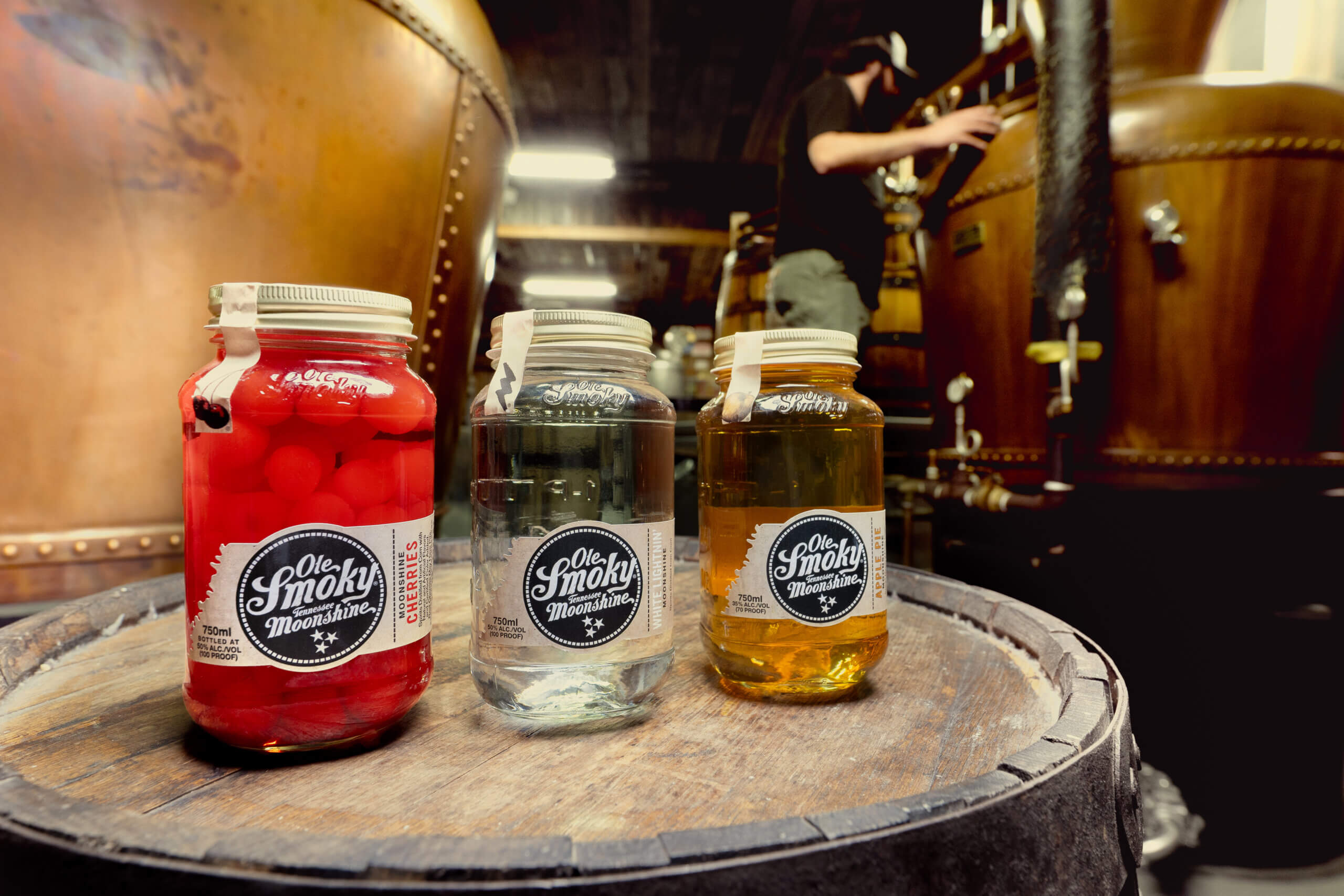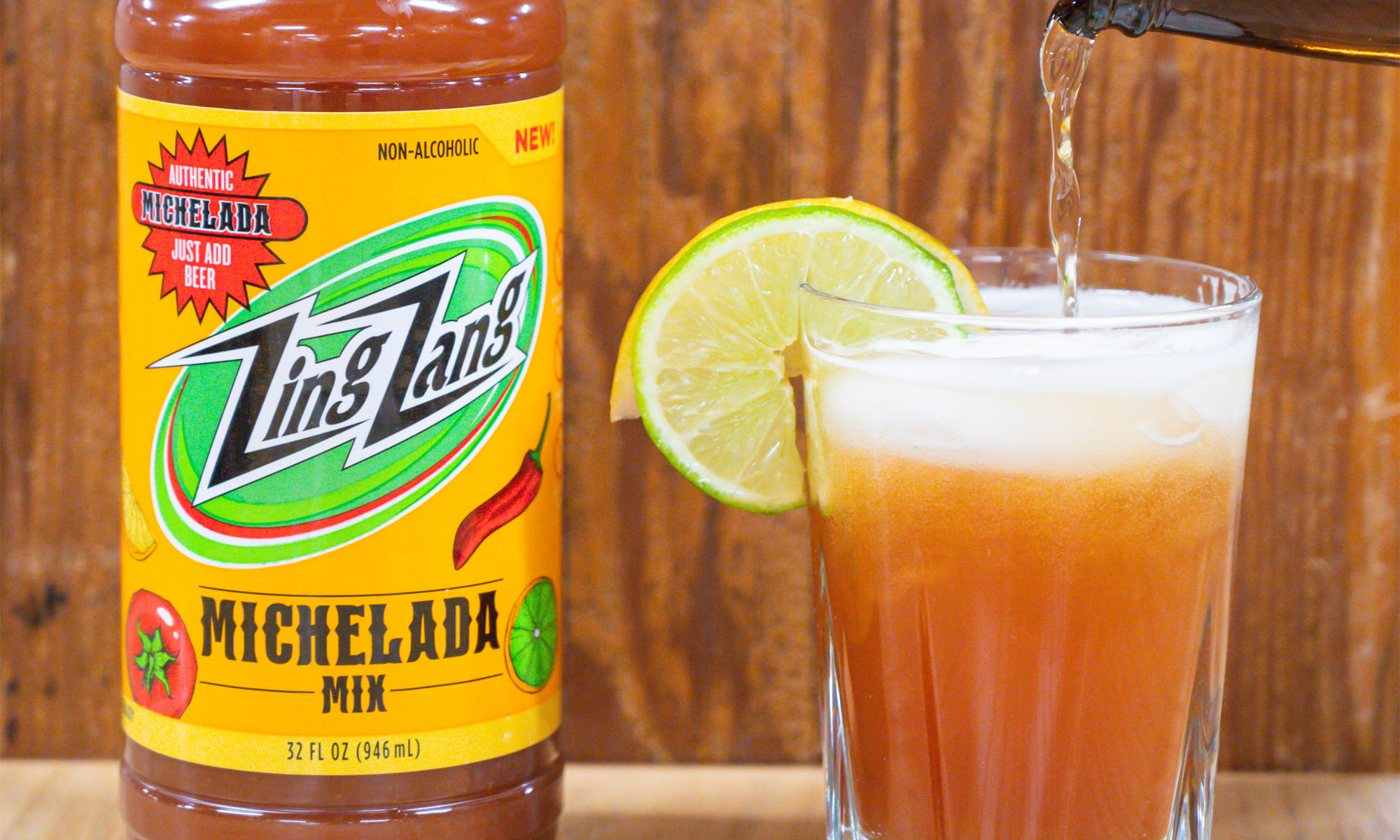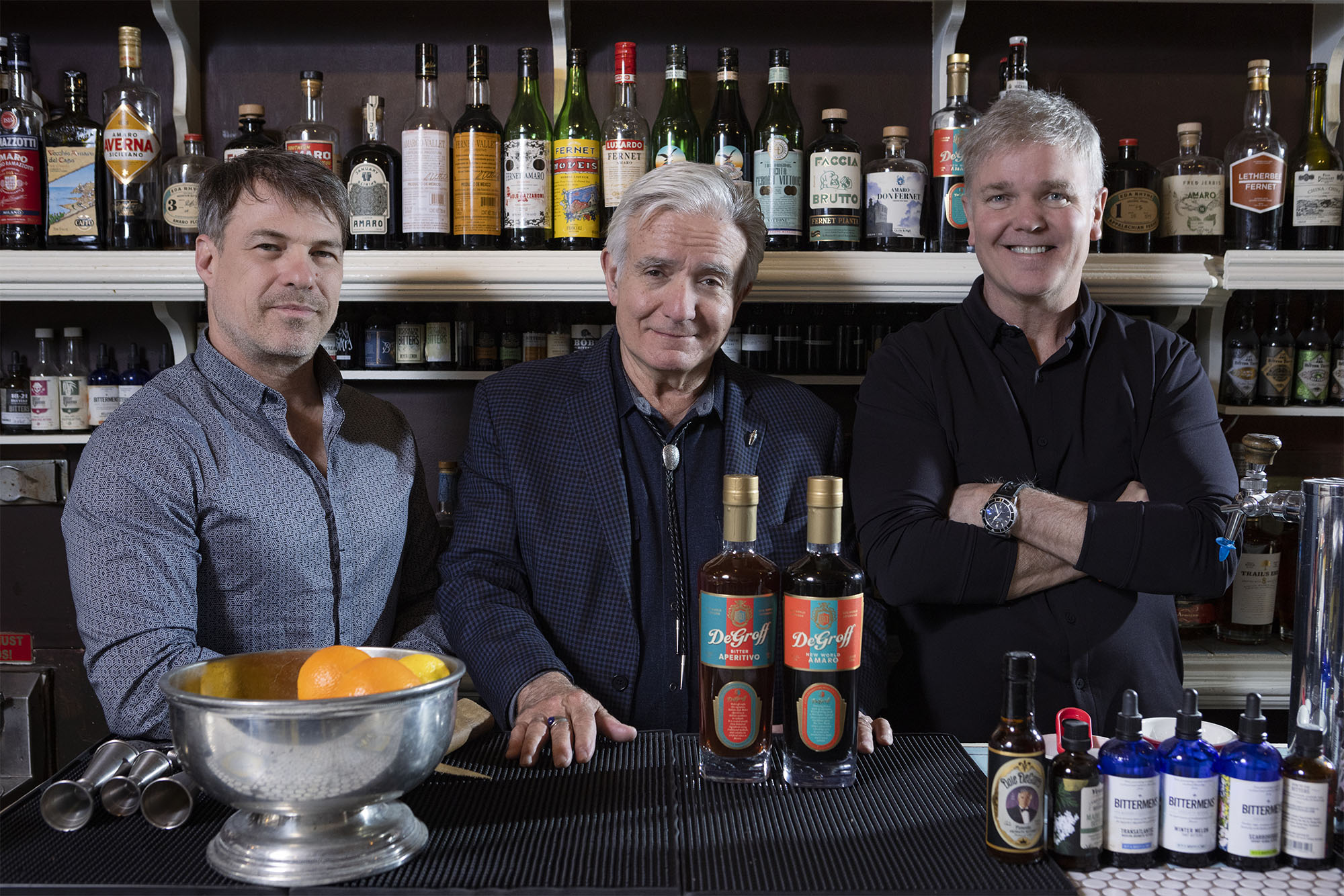Exploring the Wines of Brazil
By Amanda Schuster
European Grapes and Local Varietals Share Common Ground
Quick! Name your favorite Brazilian wine. Not so easy, is it? Not because it’s hard to choose, but probably because you didn’t even know there was such a thing.
The first beverage people think of, if they know anything about Brazilian beverages at all, is usually cachaça. In fact, even many Brazilians don’t know there is delicious wine made in their own country! Hopefully that changes soon, because there are some terrific producers making wines that stand up to their more popular cousins.

Fabiano Mazzotti 5
Brazil happens to be the fifth largest producer of wine in the southern hemisphere behind Chile, South Africa, Australia, and Argentina. There are currently 1,162 wineries there and counting. They produce high quality wines from classic European grapes such as Chardonnay, Sauvignon Blanc, Muscat, Pinot Noir, Merlot, Malbec, Cabernet Sauvignon, Tannat and Cabernet Franc (the latter considered the workhorse of the country’s red varietals).

Duda Pinto 5
Because of the Portuguese influence, fine examples of varietals such as Touriga Naçional, Arinaroa, Pinto Bandeira and others find their way into blends. And with the vast population of Italian winemakers who settled in Brazil, Glera , the main grape of Prosecco, is widely planted; as such, Brazil is the only country outside of Italy legally permitted to use the name “Prosecco” on sparkling wines labels. They also are one of the top producers of Moscato outside of Italy, and produce Méthode Traditionelle wines from Chardonnay and Pinot Noir.

Vale dos Vinhedos Lidio Carraro 7
At a recent Wines of Brasil seminar held at Botequim restaurant led by Master Sommelier Evan Goldstein, New York area wine professionals were treated to a variety of styles of Brazilian wine from sparkling to casual table blends to high end reserves. The chosen wines represented three key regions, located just north of the border with Uruguay: Serra Gaúcha (where 85% of the country’s wine production takes place), Serra do Sudeste, and Campanha.
A few of the standouts:

Salton Talento 2009
Vinícola Salton: Founded in 1878 by Antonio Domenico Salton, a winemaker from the Veneto region of Italy, it is now produced generations later by the same family. Their NV Reserva Ouro is a refreshing, zippy sparkling wine that could easily replace your favorite Crémant de Bourgogne. Their 2013 Classic Tannat is an outstanding value at around $10.00 that would make a terrific accompaniment to everyday roast chicken dinners or Middle Eastern takeout. Finally, the 2009 Talento from Campanha – a Cabernet Sauvignon, Merlot and Tannat blend — is perfectly poised between intense fruit, earthy elegance and funky herbal accents.

Encruzilhada Lidio Carraro
Lidío Carraro Vinícola Boutique: The Carraro family, also descendants of winemakers in the Veneto, have always been trailblazers in Brazil for generations. In the 1970s they were among the first to plant vinifera grapes in Serra Gaúcha, specializing in Merlot. They were also some of the first planters in Rio Grande do Sul, the Brazilian equivalent of California’s Sonoma growing region.
In the early 2000s, they began producing with a natural wine concept, without the use of wood aging or chemical pesticides, and using sustainable planting and manual harvesting – allowing as much of the natural characteristics of the terroir to shine through. Standout wines include the fresh and zesty 2013 Da’Divas Chardonnay, which uses a blend of Chardonnay grapes grown in different vineyards for their individual voices in the final wine. For a splurge, the 2006 Grande Vindima Quorum for around $65 is a classic blend of Cab/Merlot/Tannat/Cab Franc that could easily make peace with a Bordeaux aficionado.
The 2012 Perini Marselan is a rare example of a grape usually relegated to blends (which seems so unfair when tasting it). Ripe, full flavors of blueberries, blackberries and plums are enhanced with dark chocolate and solid tannins. If only more wine bars had this available for sipping and conversation!
The 2008 Pizzato Alicante Bouschet also shines a spotlight on a popular blending grape. Here it is produced much in the style of a Spanish Priorat – luscious, ripe and fruity – with chocolate-y accents and a refreshing, minty finish.
The 2011 Miolo Lote 43 is a Merlot/Cabernet Sauvignon blend that is only produced in high quality vintages, only a total of seven times since 1999. It’s a fine balance of all the things that it should be – earth, tannin, acid and ripe fruits. However at around $23 it’s an absolute steal compared to other regions more known for wines of this quality.
Hopefully with the 2016 Summer Olympics held in Brazil, more of its wines will find its way into our glasses. We’ve definitely been missing out!
Saúde!










